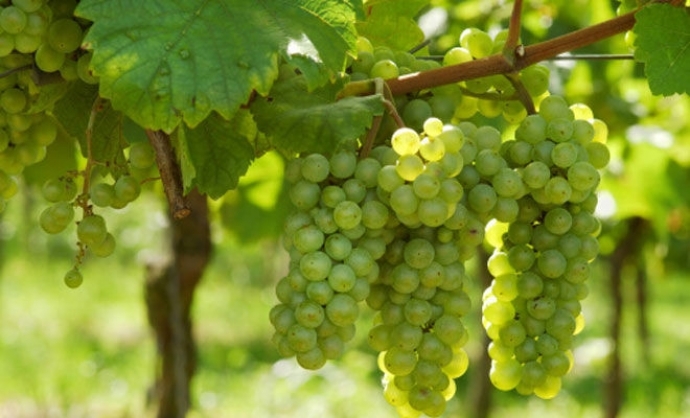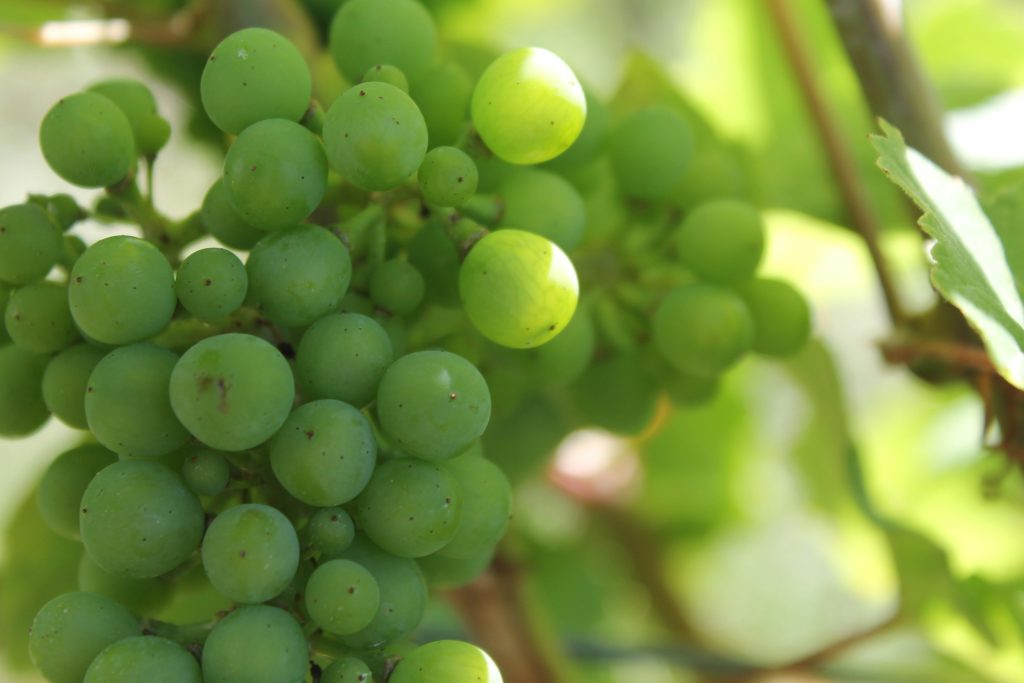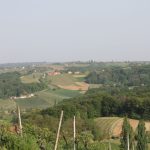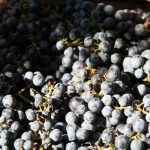
(Written by Dario Drmac of Wine and More)
The experience of getting to know Graševina can be romantic, platonic, or even euphoric.
Graševina comes in countless forms. Perhaps you’ve encountered a genetically identical variety – Welschriesling – but in Croatia, this variety makes for an entirely different wine.
A national saying is that only wine varieties that contain in their names “vina” (wine) are worth celebrating. Therefore, only Graše-vina and Kralje-vina are accepted by those who love a good summer refreshment. The popular drink “gemišt” is a traditional mixture of said varieties and carbonated water. Although the combination of the two is unacceptable to any serious wine enthusiast, this simple cocktail was historically used to quench the thirst of local villagers after exhausting stints of work under the summer sun. Continental Croatia, has, after all, been known to get searingly hot.
The entirety of continental Croatia is planted with Graševina. Considering that Graševina is by far the most widespread variety in Croatia, it’s a natural consequence that not all wines can be of acceptable quality. However, grown appropriately, in the right place and in the right way, this variety creates excellent conditions for the making of dry or sweet late harvest wines, or the base for classic sparkling wines. Graševina agrees well with wooden barrels and can age both in a cellar and in bottle, but it’s best in its freshest form straight from Inox – low in alcohol and highly drinkable.
Deeply rooted, Graševina is today considered an indigenous Croatian variety, and considering that the best wines of the variety come from Croatia, Graševina is accepted as the primary name for the Welschriesling variety. The aromatic profile most often calls upon flavors of young fruit and flowers. Elderberry, chamomile, and even green apple and vineyard peach are common aromatic descriptors. The most ambitious Graševinas have been known to contain the heady smell of quince, sometimes with the mineral sensations. As always, location makes a difference. It’s well known that the grapes of different locations make for wines of different characteristics. In such vineyards, the yields are further reduced and carefully manipulated to preserve the characteristics of the grape and convey that material in the wine. The most well-known locations for Graševina are the vineyards of Kutjevo, Mitrovac, Hrnjevac, and Venje.
The most extreme example of concentration is when the winemaker leaves nature to ripen and over-ripen a still healthy grape on the vine, sometimes even in the conditions of an ice harvest. These wines consecutively win the highest prizes at the most respected global competitions.
However, today in Croatia, the most prized Graševina is very dry and fresh, preserved and accented with primary aromas like those achieved in the amphitheaters of Plešivica, the hills of Zagorje and Prigorje, the slopes of Moslavina and the greens of Međimurje, but also increasingly in the Danube region in the sunny vineyards of the fertile Baranja, Erdut and Ilok, from where previously came heavier, warmer Graševinas. The best balance between ripeness and preserved freshness is traditionally achieved at the listed locations of Kutjevo.
In conclusion, Graševina is exceptionally rewarding, both in the vineyard, where it becomes indigenous, in the cellar, where it regularly achieves great characteristics worthy of excellent wines and on the table while it is enjoyed. There’s virtually no meal for which a suitable Graševina couldnt be selected, and some Graševinas are capable of following an entire meal without the need for another wine.
Did you know?
Graševina (or Grašica) translates to “green peas” in Croatian. Croatians have fallen so in love with this variety that they named it after the appearance of the berries during a certain part of the ripening process, when they most resemble green peas.
To learn more about Wine and More, visit their website.











